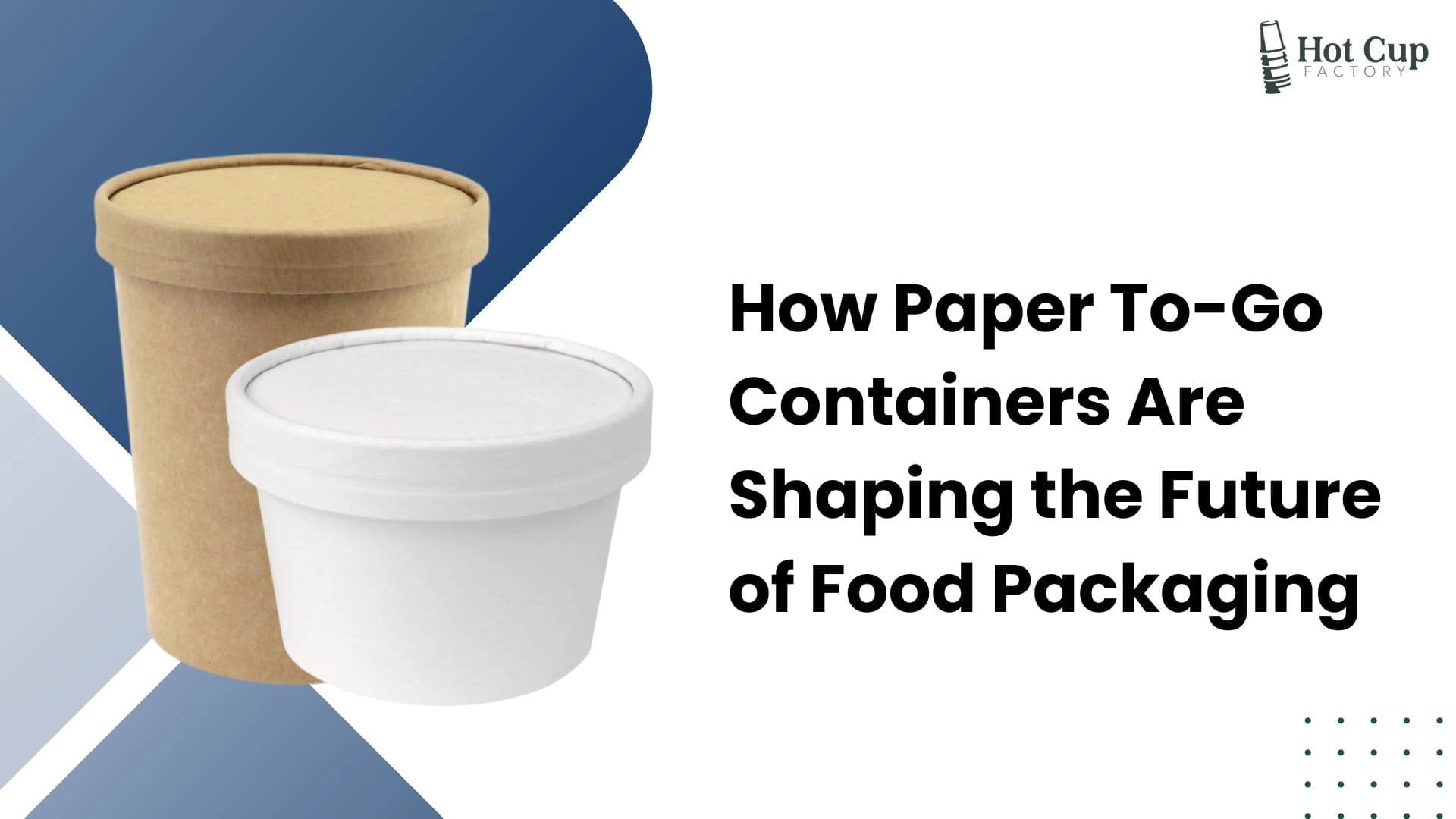How Many Ounces Does a Standard Cup of Coffee Hold?
For coffee shop owners and baristas, precision in every aspect of coffee preparation is not just a preference but a necessity. Understanding the precise measurements and standards that define a standard cup of coffee is fundamental to providing a consistent and satisfying coffee experience to customers.
Does it matter how many fluid ounces go into a standard coffee cup? It does if you have figured out what works for your customers. In this blog, we will delve into the intricacies of coffee measurements, demystifying the often-asked question, "How many ounces of coffee can you expect per cup?" By the end of this discussion, coffee shop professionals will be better equipped to serve that perfect cup, ensuring customer satisfaction and loyalty. So, whether you're an established coffee connoisseur or a newcomer to the art of coffee crafting, join us on this journey as we uncover the science and art behind the coffee cup, tailor-made for the discerning tastes of coffee shop aficionados.

Ounces In a Coffee Cup: Defining a Standard Cup
Getting straight to the point, there are 6 ounces in a coffee cup.
A standard American cup measure is 8 oz or 240 ml (236.58, to be precise). Most hot beverages, including coffee, tea, and hot chocolate, measure 6 oz (approximately 180 ml) when poured into the cup, probably to leave space for add-ons like cream, sugar, or foam at the top.
The problem is coffee cups for common coffee drinks are pretty non-standard all over the world. A Turkish cup holds 75 ml or 2.5 fluid ounces. A demitasse holds 60 to 90 ml or 2 to 3 oz. A standard Canadian or Australian cup measure equals 250 ml, which is higher than the American standard.
American mug sizes, too, have grown over time, probably because we are caffeinating ourselves more than ever. Utility mugs today can hold between 10 and 15 ounces of beverage, much more than the 8 oz standard. Insulated travel mugs typically measure 16 fluid ounces.
- Whether you use a drip coffee maker, a French press, or an Espresso machine, know the capacity of your equipment in ounces. For uniform results, use a machine that yields a single serving or other standardized measurements in fluid ounces.
- Use freshly roasted coffee grinds. If you prefer to grind your coffee beans yourself, use a burr grinder for the best results. A French press calls for coarsely ground coffee, while a drip coffee maker benefits from a medium grind, and Espresso machines demand finely ground coffee.
- Use a kitchen scale to weigh your coffee beans. Remember, a tablespoon of coffee beans does not equal a tablespoon of ground coffee. You can also opt for a burr grinder with integrated digital scales.
- Experiment with the golden ratio – 1.5 tablespoons of coffee grinds per serving if your customers prefer a light brew and 2.5 tablespoons per serving for a strong brew. With practice, you can find out what suits your customers the best.
- You will want to remember that different coffees and blends have varying bean sizes, strengths, and bitterness, so a change in brand may call for a fresh experiment.
- If possible, get a programmable coffee maker that lets you automate the process and ensure consistent results every time, making it an invaluable addition to your coffee shop supplies.

The History Behind Coffee Cup Sizes
The history behind the standard coffee cup size is a bit obscure. Some say that 6 oz was the original capacity of a cocktail glass and early Coca-Cola bottles and, hence, was taken as the standard measurement for all beverages.Others trace it back to the 1970s, when Mr. Coffee, a popular brand, introduced the first coffee maker that used 5 oz of water to brew a single serving. Over time, as coffee grew in popularity, 5 oz increased to 6, giving us the current American standard for one serving.
Variations in Coffee Cup Sizes

6 ounces per coffee cup is the volume of a single coffee serving. However, there is no standardization in the physical capacity of coffee cups or mugs. There are, however, a few common cup sizes available in the market, as follows:
Espresso Glasses
Designed for potent espresso shots, these cups typically hold 2 fluid ounces. You can get creative with them and use them for dessert coffee or espresso-based puddings.
Standard Coffee Mugs
As we have already established, there is no such thing as a ‘standard’ coffee mug. Coffee mugs come in varying sizes, typically ranging from 10 to 14 oz. You also get 12 oz double-walled cups and single-wall coffee cups.
Travel Coffee Mugs
If your customers like to have their coffee on the go or like a supersized serving to last them through the workday, an insulated travel coffee mug is a great investment. Most travel mugs hold 16 fluid ounces. The insulation keeps your brew hot throughout the day. These can also be used for cold beverages on hot summer days.
What Are the Common Cup Sizes at Popular Coffee Shops?
- Small – 10 oz or 296 ml
- Medium – 14 oz or 414 ml
- Large – 20 oz or 590 ml
- Extra Large – 24 oz or 710 ml
Confused about whether to order 8 oz white cups or something else? Here is a quick guide to different cup sizes at popular American coffee shops:
Dunkin’ Donuts Cup Sizes
Dunkin’ Donuts offers four cup sizes –
Starbucks Cup Sizes
Starbucks has six sizes on its menu –
- Short – 8 oz or 240 ml
- Tall – 12 oz or 350 ml
- Grande – 16 oz or 470 ml
- Venti Hot – 20 oz or 590 ml
- Venti Cold (for cold beverages) – 24 oz or 710 ml
- Trenta (for cold beverages) - 31 oz or 920 ml
Starbucks used to offer a 3 oz ‘Demi’ or demitasse cup for Espresso, which is now being phased out.
Tim Horton’s Cup Sizes
Tim Horton’s cup sizes are the same as Dunkin’ Donuts –
- Small – 10 oz or 296 ml
- Medium – 14 oz or 414 ml
- Large – 20 oz or 590 ml
- Extra Large – 24 oz or 710 ml
Different Measurement Systems for a Cup
The size of a coffee cup varies according to a country’s accepted metric system and how the natives like their coffee. And here's a global perspective on cup measurements:
- Short – 8 oz or 240 ml
- Tall – 12 oz or 350 ml
- Grande – 16 oz or 470 ml
- Venti Hot – 20 oz or 590 ml
- Venti Cold (for cold beverages) – 24 oz or 710 ml
- Trenta (for cold beverages) - 31 oz or 920 ml
Different Measurement Systems for a Cup
The size of a coffee cup varies according to a country’s accepted metric system and how the natives like their coffee. And here's a global perspective on cup measurements:
- United States: In the United States, a standard cup is recognized as 8 fluid ounces (240 ml), following the imperial system.
- Japan: Japan defines a cup as exactly 200 milliliters, although the traditional Japanese unit slightly differs at 180.4 ml.
- Latin America: Across Latin American countries, the size of a cup can differ, typically falling between 200 and 250 ml, reflecting regional preferences.
- Canada: Canada adheres to the metric standard with a 250 ml cup, but colloquially, a "Canadian cup" is often closer to 227 ml, which can create some confusion for those not familiar with the distinction.
These varying cup measurements contribute to the rich tapestry of coffee culture across the globe.

Final Word
How many ounces in a coffee cup? Ultimately, the question is irrelevant due to wide variations in cup sizes and personal preferences. Only you know how your customers like their coffee. The golden ratio – 1 to 2 tablespoons of coffee grinds per 6 oz of water – works for most, but you can experiment to find out what suits your customers' taste.
However, do consider using fresh grinds, kitchen scales, and a programmable coffee maker to ensure the perfect taste and flavor each time you brew a cup.
You May Also Like



